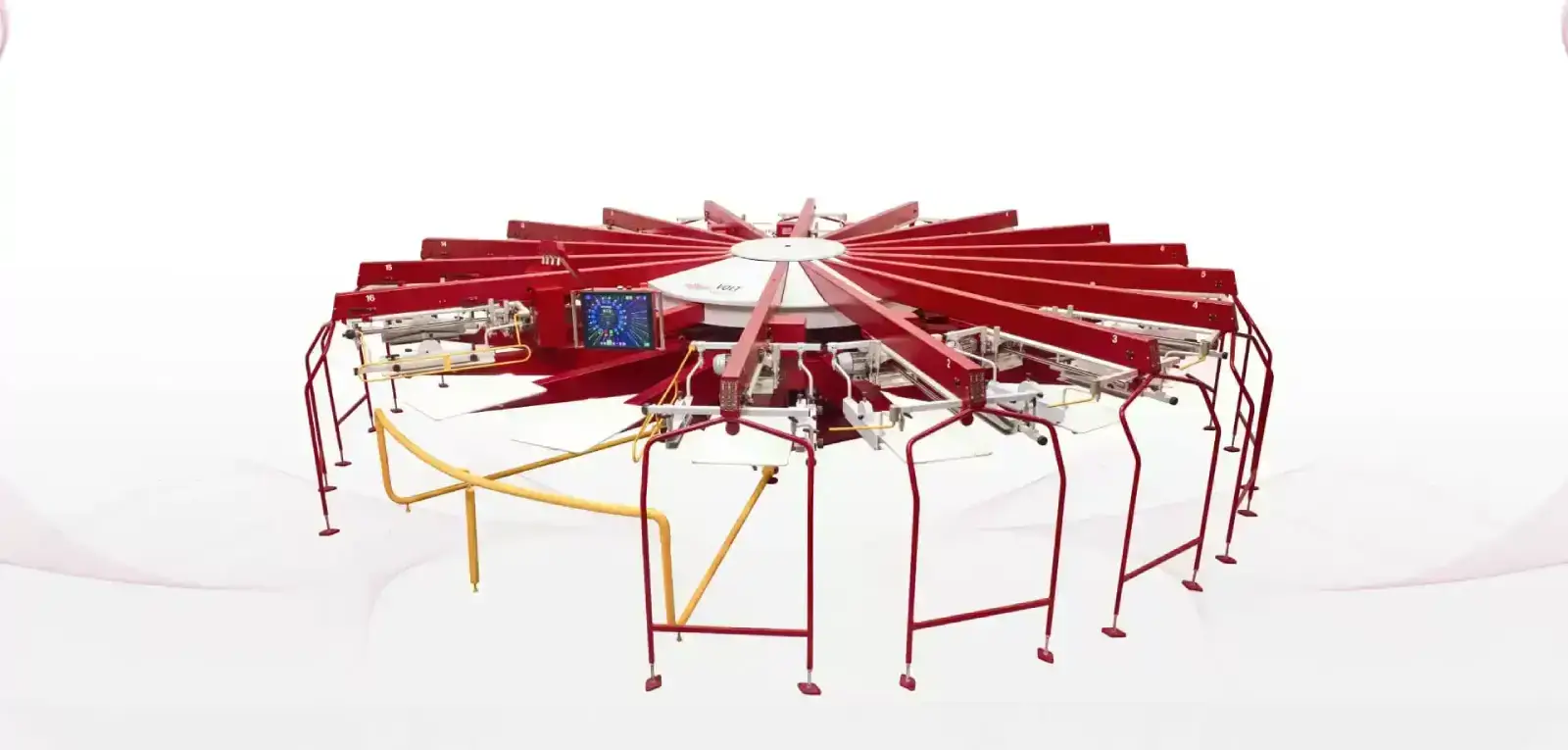

Revolutionizing the screen printing industry through cutting-edge technology and quality service
Anatol Equipment Manufacturing Co.
1429 S Shields Dr
Waukegan, IL 60085


Revolutionizing the screen printing industry through cutting-edge technology and quality service
Anatol Equipment Manufacturing Co.
1429 S Shields Dr
Waukegan, IL 60085

Brothers Nicholas and Lucas Comanici shared a background in the screen printing industry. After working for larger companies, they decided to strike out on their own with a niche market in mind. In 2011, the pair launched Seneca Press in Pittsburgh, Pennsylvania with a plan to focus on small-batch water-based printing.
“We work with a lot of independent artists, a lot of small and medium-sized brands, the outdoor community, the climbing community, the fly fishing community and a lot of small makers,” Nicholas Comanici explained. “We do appeal to that small and medium-sized niche that has kind of a cult following.
“We try to work with as many independent artists as possible.”
Most of the printing runs at Seneca Press are single color and between 50 and 200 items. Seneca’s shop features two manual presses – an M&R™ Sidewinder™ and a six station Anatol Lightning – run primarily by Nicholas and Lucas.
The M&R™ is original to the Seneca Press operation, while the Anatol was added three years ago. The brothers were shopping around for an automatic press and were drawn to Anatol’s technology. They decided to stay manual after making the decision to keep the operation small rather than trying to expand, Nicholas said.
Nicholas and Lucas had planned to add another Sidewinder™ but opted for the Lightning because they felt it provided higher quality for a lower price. Since then they have been pleased with their decision.
“We like the Anatol better than the Sidewinder™,” Nicholas stated.
“The Lightning features spring-loaded heads that easily lift up after a print is placed while the Sidewinder™’s heads have to physically be lifted, something that becomes cumbersome when printing a full run,” according to Nicholas.
With the M&R™, screens only can be clamped in two places, while the Anatol has two clips per side. This allows for manual manipulation to place prints just right.
“The way the side clamps work, on the M&R™ when you clamp down, there’s only one adjustment. If your screen is slightly crooked, sometimes it’s difficult to adjust or compensate for that. With the Anatol, there’s two points of contact on each side. It allows you to do some maneuvering,” Nicholas explained. “We’re always doing that.”
As such, Nicholas said the Lightning is the go-to machine for Seneca Press, and the M&R™ generally is only used when both presses are in operation.
Nicholas would advise any shop looking at manual presses to consider the Lightning.
“The usability is really good; the price point is really good; the quality is really good,” Nicholas said. “We were able to get it quickly. The parts are easy to get.”
For shops looking to grow their operations, Nicholas said an automatic press would be the way to go, but for Seneca Press and their small-batch model, the manual Lightning meets their needs perfectly.
“Ultimately, getting an auto would be the route to go. We just run our shop differently. We just do smaller runs,” Nicholas said.
However, he added, “You should have at least one manual press in your shop to do odd jobs.”
Your message was successfully sent!